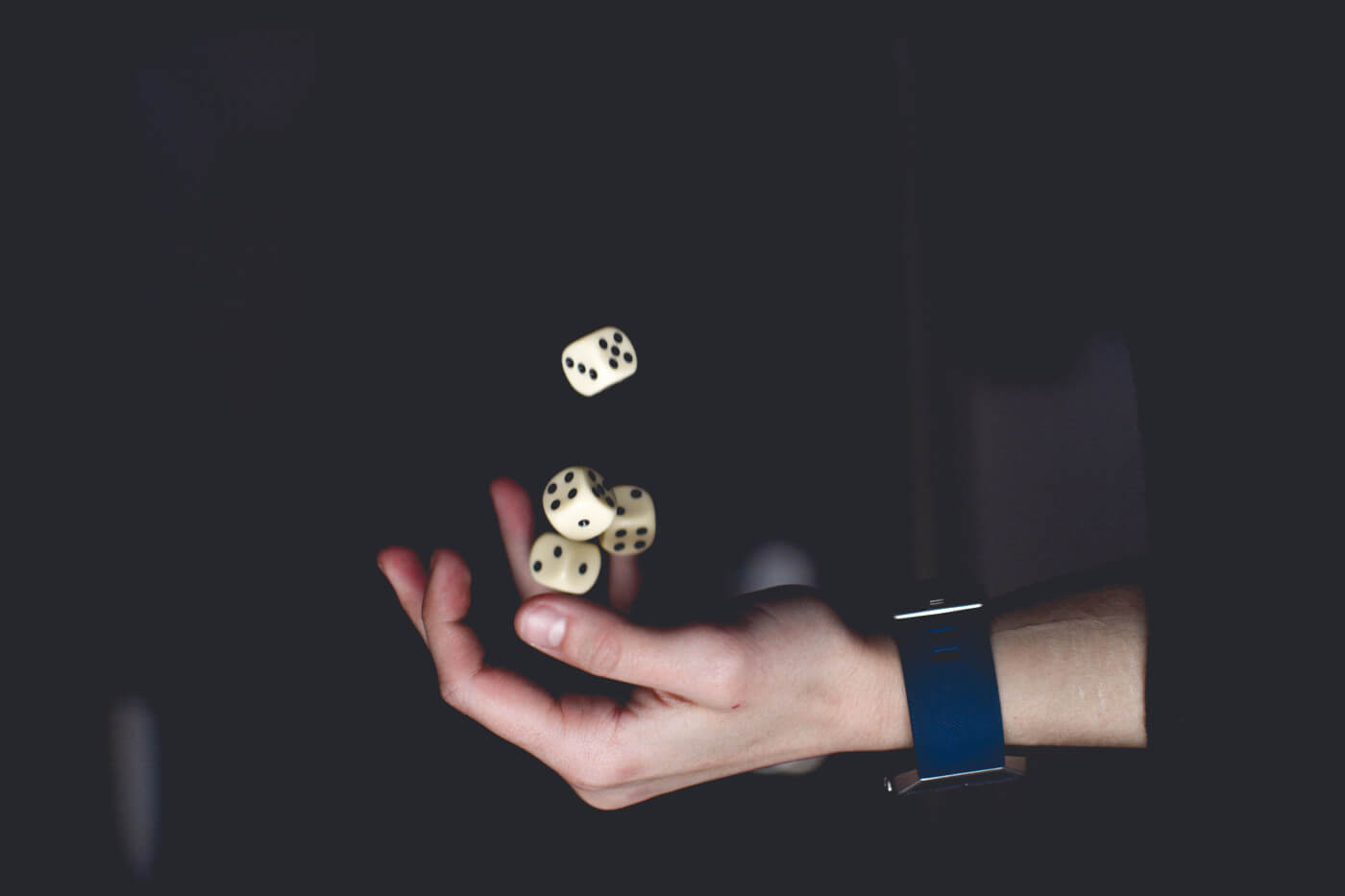Learn How to Calculate Probability

Probability is used in many areas of life, including weather forecasting, investing, sports betting, and more! Probability is defined as the likelihood of an event (or more than one event) occurring. It represents the possibility of obtaining a specific outcome. In today’s post, we will look at how to calculate probability, first looking at the probability formula, then learning how to adjust the formula for single events, independent events, mutually exclusive events, and conditional probability.
The Probability Formula
When we calculate probability, we use a formula that defines the likelihood of the event happening:
Probability = Number of desired outcomes / Total number of outcomes
Or:
P(A) = f / N
- P(A): Probability of an event (Event A) occurring
- f: The number of ways an event can occur (frequency)
- N: Total number of possible outcomes
Let’s Apply This Formula to a Scenario
We’ll analyze the probability of landing on an even number when rolling a die. The desired outcome is landing on an even number, and there are 3 even numbers on a die. The total number of possible outcomes is 6 since there are 6 numbers on a die. In this instance:
Probability = 3/6
The possibilities of answers range from 0 to 1. If something has a probability of 0, then it is impossible, and if something has a probability of 1, then it is certain.
Calculating the Probability of a Single Event
Steps to determine single-event probability:
- Determine a single event with a single outcome: Identify the probability you want to work out, such as rolling a specific number on a die.
- Work out the total number of possible outcomes: Calculate all the outcomes that could occur. For example, rolling a die has six total outcomes.
- Divide the number of desired outcomes by the total number of possible outcomes: Divide the number of desired events by the total possible outcomes. For example, rolling a die and landing on 3 has one desired outcome out of six total possibilities.
Calculation example:
Probability = 1/6
So, the probability that you will roll a 3 is one in six.
Calculating the Probability of Independent Events
Independent events are events that are not affected by other events. For example, rolling two dice are independent events because the outcome of one does not affect the other.
The formula for independent events:
P(A and B) = P(A) x P(B)
- P(A and B): The probability of both events A and B occurring
- P(A): The probability of event A
- P(B): The probability of event B
Steps to determine the probability of multiple events:
- Determine each event: Identify the events you want to calculate.
- Work out the probability of each event: Calculate the probability of each independent event.
- Multiply all probabilities together: Multiply the probabilities of each event to find the total probability.
Example:
P(A and B) = 1/6 x 1/6 = 1/36
Therefore, there is a one in 36 chance of rolling a 6 on both dice at the same time.
Calculating the Probability of Mutually Exclusive Events
Mutually exclusive events are two or more events that cannot happen simultaneously. For example, rolling a die and landing on an even or odd number are mutually exclusive events.
The formula for mutually exclusive events:
P(A or B) = P(A) + P(B)
Example:
The probability of landing on an even number is 3/6. The probability of landing on an odd number is also 3/6. Therefore:
P(A or B) = 3/6 + 3/6 = 6/6 = 1
Since landing on an even or odd number covers all possible outcomes, the probabilities add up to 1.
Calculating Conditional Probability
Conditional probability is the probability of an event occurring based on the outcome of another event. For example, picking sweets from a bag where the probabilities change after each pick.
Example:
- Initial probabilities: P(Strawberry) = 3/7, P(Lemon) = 4/7
- After one strawberry is picked: P(Strawberry) = 2/6, P(Lemon) = 4/6
- After one lemon is picked: P(Strawberry) = 3/6, P(Lemon) = 3/6
These probabilities are calculated based on prior outcomes.
Need help with probability? Check out online tutors or Teach Me 2 for tutoring in your area.
Related Articles

Which Languages Are Easiest To Learn?
So you’ve decided to learn a new language? Well done! A great first step is to select the language you’d like to begin speaking. You may be wondering which languages are easiest to learn and today we’re going to share with you our top 9!
Read More

5 Ways to Keep Children Learning During the School Holidays
After a long term of hard work, school holidays are well deserved. As much as they are an opportunity to relax, rest and spend time with family, they are also an ideal time to promote continuous learning.
Read More

Which Languages Are Hardest To Learn?
Learning a new language is an exciting opportunity to expand your knowledge and awaken your creativity. Many people set out by searching for the easiest languages to learn, which we covered in this post, while others are after more of a challenge.
Read More

We help families find their perfect tutor
Help your child improve their grades and get their confidence back.
GET A TUTOR